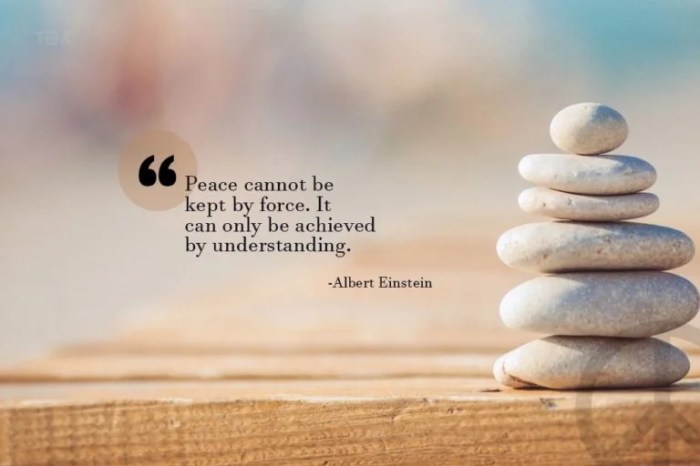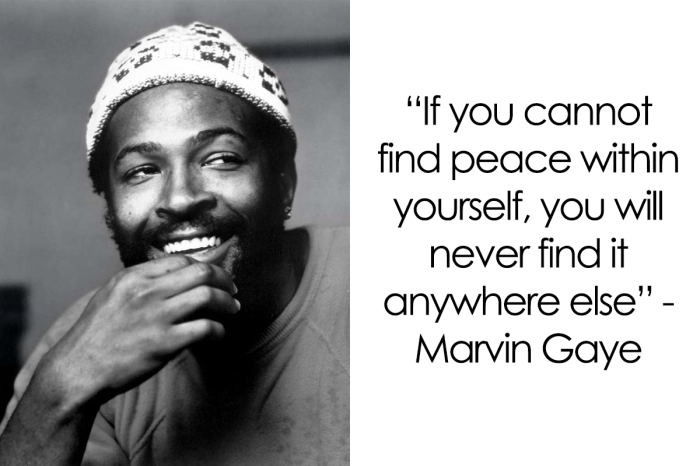Embark on a journey to inner peace and tranquility with How to Meditate for Achieving Mental Peace and Tranquility, where mindfulness meets serenity in a blissful blend of calming techniques and practices.
Discover the essence of meditation and its profound impact on mental well-being, explore the art of creating a sacred meditation space, delve into basic techniques for mindfulness and relaxation, and unlock the transformative power of guided meditation sessions.
Introduction to Meditation: How To Meditate For Achieving Mental Peace And Tranquility

Meditation is a practice that involves training the mind to focus and redirect thoughts. It is commonly used to achieve mental clarity, emotional calmness, and overall well-being.
Healing your heart and mind can be a transformative experience, and meditation is a great way to begin this journey. By practicing mindfulness and self-compassion, you can let go of past hurts and cultivate a sense of inner peace. If you’re interested in learning how to meditate for healing, be sure to read this article on How to Meditate for Healing Your Heart and Mind.
Establishing a regular meditation practice is essential for achieving mental peace and tranquility. Consistent meditation helps in reducing stress, anxiety, and negative emotions, leading to a more positive outlook on life.
When it comes to improving your mental and physical well-being, meditation can be a powerful tool. By taking the time to quiet your mind and focus on your breath, you can reduce stress and anxiety, improve your concentration, and even boost your immune system. If you’re looking to start a meditation practice, check out this guide on How to Meditate to Improve Your Mental and Physical Well-Being.
Types of Meditation Techniques
- Mindfulness Meditation: This technique involves focusing on the present moment without judgment, allowing thoughts to come and go without attachment.
- Transcendental Meditation: Involves repeating a mantra silently to achieve a state of relaxed awareness.
- Loving-Kindness Meditation: Focuses on cultivating feelings of love and compassion towards oneself and others.
- Body Scan Meditation: Involves systematically scanning the body for sensations and bringing awareness to each part.
Setting Up a Meditation Space

Creating a peaceful and comfortable meditation environment at home is essential for a successful practice. Here are some tips on how to set up a tranquil space for meditation:
Essential Items for a Meditation Space
- Comfortable cushions or pillows to sit on: Choose cushions that support your posture and help you stay comfortable during meditation.
- Candles or dim lighting: Soft lighting can create a calming ambiance and help you relax during meditation.
- Incense or essential oils: Aromatherapy can enhance your meditation experience by promoting relaxation and focus.
- Soothing music or nature sounds: Background music or sounds can drown out distractions and create a peaceful atmosphere for meditation.
Choosing a Quiet Location
When selecting a location for your meditation space, consider the following:
- Avoid high-traffic areas: Choose a room or corner of your home that is away from noisy areas to minimize distractions.
- Natural light: If possible, pick a spot with natural light to create a calming and open atmosphere for meditation.
- Declutter the space: Keep your meditation area clean and free of clutter to help maintain a sense of tranquility.
- Add personal touches: Decorate your space with items that bring you joy and peace, such as plants, crystals, or inspirational quotes.
Basic Meditation Techniques

Meditation involves various techniques that can help achieve mental peace and tranquility. Here are some basic meditation techniques to get you started:
Mindfulness Meditation
Mindfulness meditation involves focusing on the present moment without judgment. It helps in increasing self-awareness, reducing stress, and improving mental clarity. To practice mindfulness meditation, find a quiet place, sit comfortably, and bring your attention to your breath or a specific sensation in your body. Notice when your mind starts to wander and gently bring it back to the present moment.
Deep Breathing Exercises
Deep breathing exercises are a simple yet effective way to promote relaxation and reduce stress. By taking slow, deep breaths, you can activate the body’s relaxation response and calm the mind. To practice deep breathing, find a comfortable position, close your eyes, and take a deep breath in through your nose, allowing your belly to rise. Hold for a few seconds, then exhale slowly through your mouth.
Repeat this process several times to feel more relaxed and centered.
Body Scan Meditation
Body scan meditation involves systematically scanning your body for any tension or discomfort and releasing it to achieve mental clarity and relaxation. To practice body scan meditation, lie down in a comfortable position and bring your awareness to different parts of your body starting from your toes up to your head. Notice any sensations without judgment and breathe into those areas to release tension.
This practice can help you become more aware of your body and promote a sense of calmness and well-being.
Guided Meditation Sessions

Guided meditation sessions can be incredibly beneficial for individuals looking to achieve mental peace and tranquility. By following the instructions of a teacher or online guide, participants can deepen their meditation practice and experience a greater sense of relaxation.
The Benefits of Guided Meditation
Guided meditation offers several advantages for beginners, including:
- Structured guidance: Teachers provide step-by-step instructions, making it easier for beginners to focus and relax.
- Enhanced relaxation: By following a guided session, individuals can deepen their relaxation and reduce stress more effectively.
- Improved focus: Teachers often incorporate techniques to help participants stay present and focused during the meditation.
Finding Suitable Guided Meditation Sessions, How to Meditate for Achieving Mental Peace and Tranquility
For beginners looking to find guided meditation sessions, consider the following tips:
- Online resources: Websites and apps like Headspace, Calm, or Insight Timer offer a wide range of guided meditations suitable for beginners.
- Local classes: Look for meditation centers or yoga studios in your area that offer guided sessions for beginners.
- Recommendations: Ask friends or family members for recommendations on guided meditation resources they have found helpful.
Enhancing the Meditation Experience
Guided meditation can enhance the overall meditation experience by:
- Providing structure: Teachers guide participants through the practice, helping them stay focused and engaged.
- Deepening relaxation: By following a guided session, individuals can achieve a deeper state of relaxation and inner peace.
- Building confidence: Beginners often feel more confident and supported in their meditation practice with the guidance of a teacher.
In a harmonious symphony of mindfulness and serenity, How to Meditate for Achieving Mental Peace and Tranquility encapsulates the essence of inner balance, guiding you towards a state of blissful tranquility and mental clarity. Embrace the journey within and embark on a path of self-discovery through the transformative practice of meditation.
If you’re looking to shift your mindset and cultivate a more positive outlook on life, meditation can help you achieve that goal. By practicing gratitude and visualization techniques, you can reframe negative thought patterns and create a more optimistic mindset. Dive deeper into this topic by exploring How to Meditate for Transforming Your Mindset.